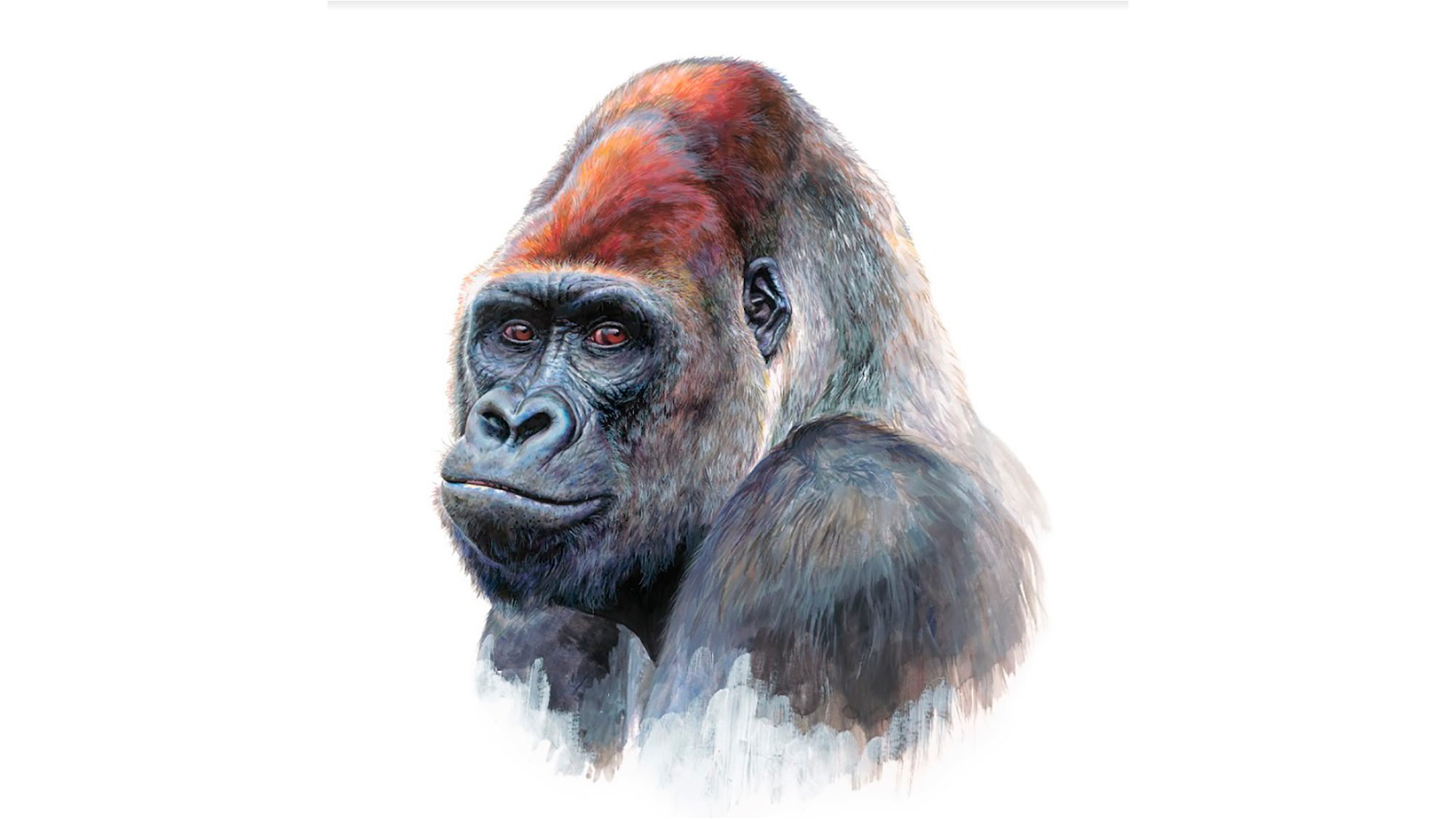To better understand human evolution and that of our closest relatives, various research teams from the Institute for Evolutionary Biology (IBE: CSIC-UPF), CSIC and BGI Shenzhen have analyzed the diversity of RNA in humans and primates. Researchers have compared the different RNAs present in lymphoblastoid cell lines from humans, chimpanzees, gorillas, orangutans and Rhesus macaques. They have done this using a technology called ‘long-read’ sequencing, which is capable of detecting different isoforms of whole RNAs with single-molecule resolution – unlike previous techniques that can sequence only short fragments, from which the molecule is reconstructed.
“Long-read sequencing technologies allow isoforms to be compared directly between species to find out if they are shared or exclusive to a certain lineage”
Luis Ferrández-Peral, researcher at IBE
Thus, they have been able to generate the largest catalog of RNA isoforms to date. In fact, almost half of the detected isoforms had not been annotated until now in their reference genomes (that is, they had never been identified), significantly expanding knowledge of genes in primates.
The results show a great similarity of the RNAs present in the different species, but also differences. Most forms of RNA that vary between species are related to inflammation and immune function.
Ferrández-Peral et al. Transcriptome innovations in primates revealed by single-molecule long-read sequencing. Genome Research, August 2022. DOI: https://genome.cshlp.org/content/early/2022/08/09/gr.276395.121 http://www.doi.org/10.1101/gr.276395.121







